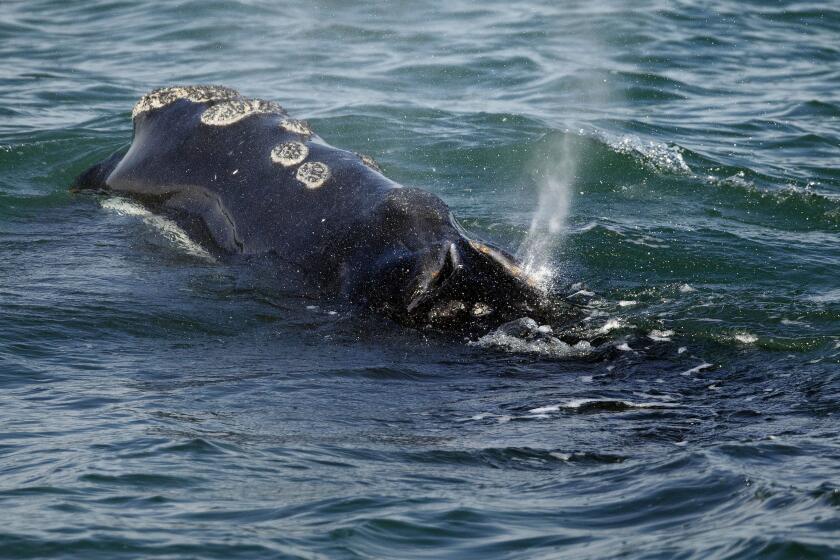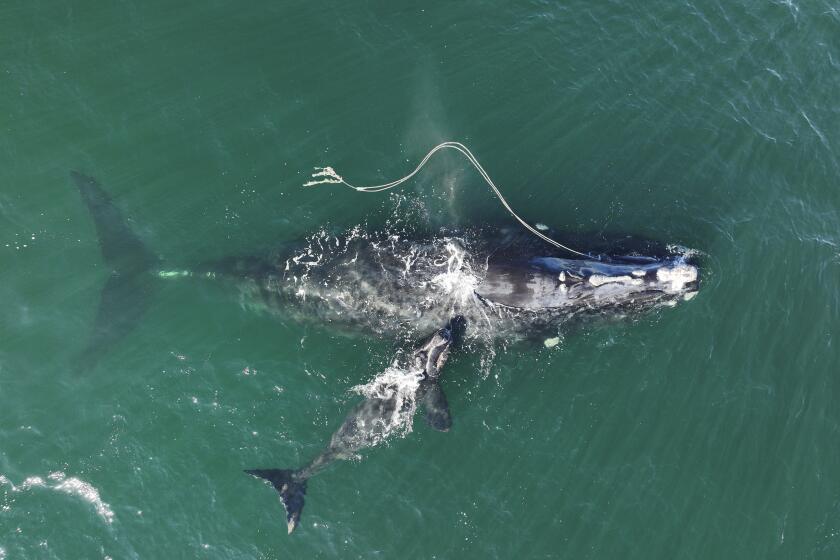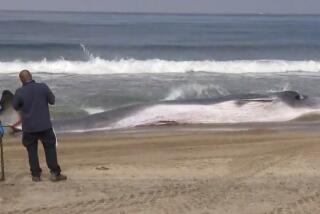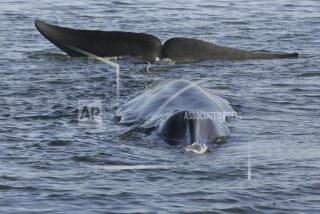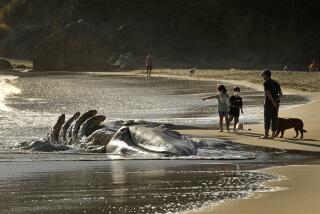Vanishing whale’s decline worse than previously thought, feds say
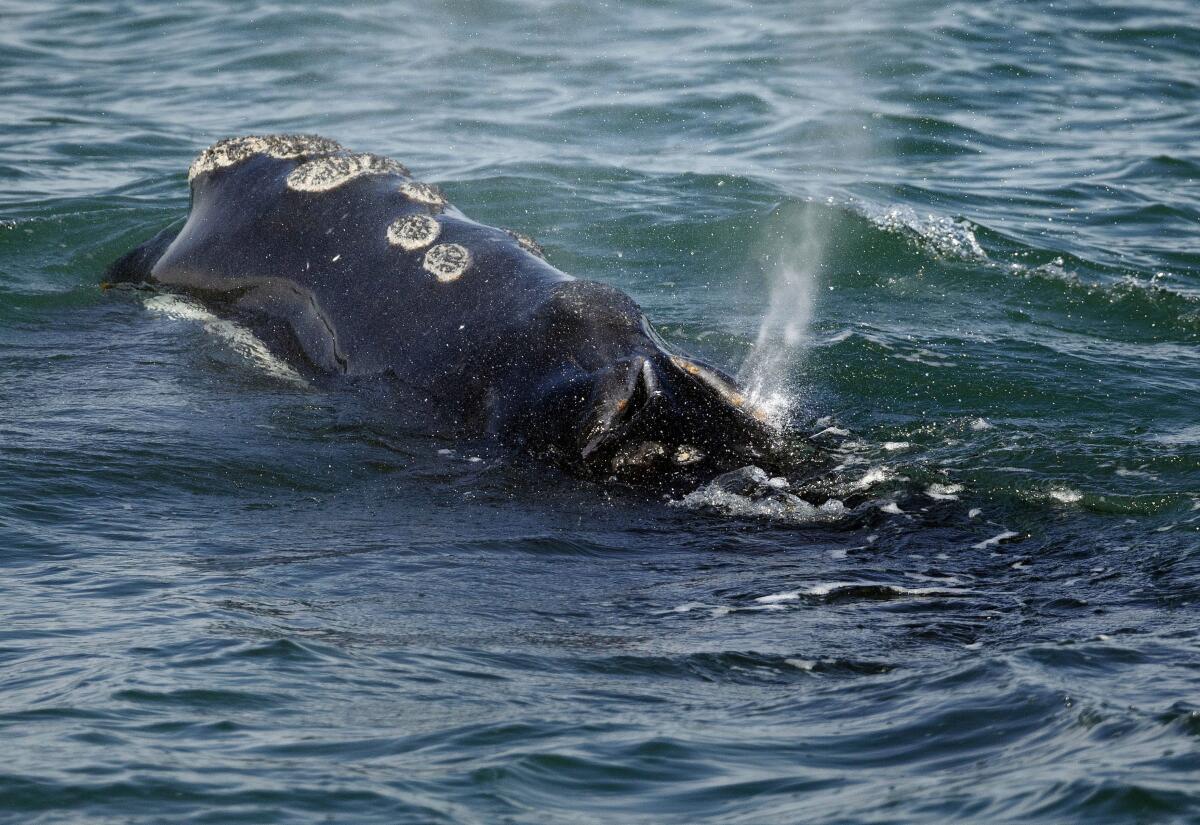
PORTLAND, Maine — A review of the status of a vanishing species of whale found that the animal’s population is in worse shape than previously thought, federal ocean regulators said Monday.
The North Atlantic right whale numbers less than 350, and it has been declining in population for several years. The federal government declared the whale’s decline an “unusual mortality event,” which means an unexpected and significant die-off, in 2017.
The National Oceanic and Atmospheric Administration released new data that 114 of the whales have been documented as dead, seriously injured or sub-lethally injured or sick since the start of the mortality event. That is an increase of 16 whales since the previous estimate released earlier this year.
The agency recently completed a review of the whales using photographs from researchers and surveys to create the new estimate, said Andrea Gomez, a spokesperson for NOAA.
“Additional cases will continue to be reviewed, and animals will be added if appropriate, as more information is obtained,” Gomez said.
U.S. government denies request from environmental organizations to apply speed limits to ships in an effort to save a vanishing species of whale.
Thirty-six of the 114 whales included in the estimate had died, NOAA documents state. The agency cautioned that only about a third of right whale deaths are documented, so the total number of dead or injured animals could be much higher.
Right whales are found off the Atlantic coast of the United States. They are vulnerable to collisions with large ships and entanglement in commercial fishing gear. The federal government has worked to craft stricter rules to protect the whales from both threats.
Commercial fishing and shipping interests have both vowed to fight stricter protections. A federal appeals court sided with fishermen last month after they filed a complaint that proposed new restrictions could put them out of business.
Whales trap a lot of carbon, and if there are more of them, they can trap more of the carbon dioxide produced by human activity.
The new data illustrate how dire the situation is for the whales, said Sarah Sharp, an animal rescue veterinarian with International Fund for Animal Welfare. The number of injured animals is especially significant because injured whales are less likely to reproduce, Sharp said.
“If animals are putting energy into healing from a wound, they are not necessarily going to have those energy stores for other things,” Sharp said. “I think this just paints a much more accurate picture of the threats these whales are facing.”
The whales give birth off the coasts of Florida and Georgia and feed off the coasts of New England and Canada. They have been protected under the Endangered Species Act for decades, and federal authorities ruled in December that they must retain that protection.
More to Read
Sign up for Essential California
The most important California stories and recommendations in your inbox every morning.
You may occasionally receive promotional content from the Los Angeles Times.
